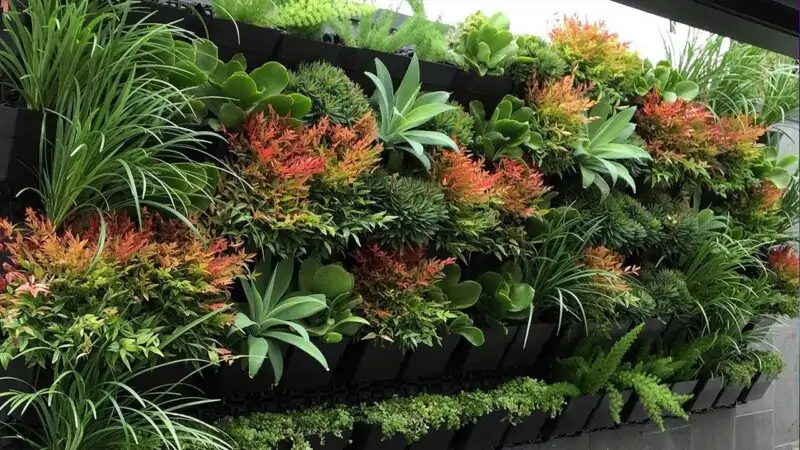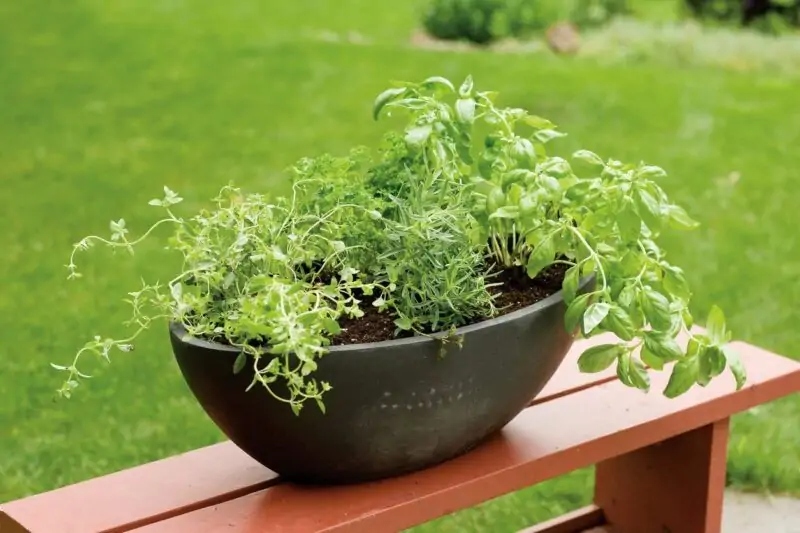What are Ornamental Plants: Exploring the Beauty of Ornamental Plants

Hello to all plant enthusiasts! Today, let’s dive deep into the green world of ornamental plants. In this article, we’ll explore the question: “What are ornamental plants?” We’ll delve into their key characteristics, and potential applications, unraveling the mesmerizing beauty they bring to our surroundings.
Definition of Ornamental Plants
What Are Ornamental Plants?
So, what are ornamental plants exactly? These are the type of plants that are grown primarily for their decorative purposes. Whether they are flowering plants like the fragrant carnation, decorative shrubs, lush ornamental trees, or lively ornamental grasses, these plants are the dazzling stars of any garden. They are cultivated in Europe, the U.S., China, and virtually every corner of the globe.
Not only are they visually appealing, but they also refer to plants that come in a range of shapes, sizes, and colors. The varieties of ornamental plants include stunning perennial flowers, and they are suitable to a broad array of climates.
In short, ornamental plants are plants sought after for their beauty and elegance. Their cultivation has increased significantly as flower gardens have become more prevalent. For a good reason too, these garden plants make heads turn in the horticultural world.
The Role of Ornamental Plants in Environment and Design
Ornamental plants play a fundamental role in environmental balance and landscape design. They’re not just grown for decorative purposes; they’re also part of the major branch of horticulture, namely ornamental horticulture, which combines aesthetics and science to create stunning landscape design projects.
In terms of historical significance, physical evidence of ornamental horticulture dates back to ancient Egypt. Tomb paintings of the 1500 BC show gardens filled with ornamental plants. Today, they continue to play a central role in our lives, as seen in outdoor and indoor spaces worldwide.
Cultivation of Ornamental Plants
Essential Growing Conditions for Ornamental Plants
In horticulture, there are several factors that need to be considered when growing plants. Each plant has its specific growing needs and gardening needs. For instance, the lotus flower thrives in a sunny pond, while the common ornamental azalea prefers a cooler, shaded spot.
Understanding each plant’s morphology and cultivation needs, such as light, water, and soil requirements, is essential. These can vary from being sun-loving, drought-tolerant, or needing cold temperatures to bloom. It’s a fascinating world to explore!
Propagation and Care Techniques
Most ornamental plants are propagated by cuttings, but seeds, bulbs, and even rhizomes play an important role in the propagation process. As an example, many gardeners propagate the beautiful tulip using bulbs, while others may cultivate ornamental grasses using their rhizomes.
Care techniques for these plants may involve regular watering, pruning, and the use of fertilizers. For instance, a breeder might prune a rose bush to encourage better growth, while a cut flower might require special postharvest handling.
Types of Ornamental Plants

Categories Based on Function and Aesthetics
There are numerous types of ornamental plants that can be categorized based on their function and aesthetics. Some ornamental plants are also functional, providing not just aesthetic value, but also medicinal purposes or even food.
Examples of Ornamental Plants
Ornamental Grasses
Ornamental grasses, such as feather reed grass, add an architectural dimension to your garden. They provide movement and sound as they sway in the wind, creating a dynamic, ever-changing landscape.
Ornamental Trees and Shrubs
The role of ornamental trees and shrubs in a landscape is vast. They create structure, provide shade, and can even act as windbreaks. Examples include the maples and the hollies, often chosen for their distinctive leaf color and shape.
Ornamental Flowers and Vines
Ornamental flowers, like the vibrant lotus or the classic tulip, add a burst of color and life to a garden. They come in a variety of colors and forms, from delicate and intricate carnations to robust and multi-colored marigolds. Vines, like the vigorous and fragrant jasmine or the dramatic wisteria, can create stunning vertical displays.
FAQs
A plant is typically classified as ‘ornamental’ when grown for display purposes. This definition of ornamental plants indicates that their primary role is to add beauty and enhance the aesthetics of a space. They often have a value beyond being attractive, providing benefits like shade, privacy, or even therapeutic effects. Aside from that, flower color is a good indicator too. If the purpose is for the enjoyment of the eyes and ease of care, then you’re looking at something ornamental and functional. These types are staples in the ornamental gardening world.
While many ornamental plants are suitable for indoor cultivation, not all can thrive in such conditions. Certain species, like some ornamental trees, need an outdoor environment to flourish. However, plenty of ornamental plants are also great as houseplants in flower pots. They add an inviting touch to indoor spaces and contribute to cleaner air. The rule of thumb is, among plants, the outdoors is usually the best place. Exceptions may apply to some cultivars.
Caring for ornamental plants involves understanding their specific needs in terms of sunlight, water, temperature, and soil type. For instance, some plants may prefer full sunlight, while others may need partial shade. Regular pruning, pest control, and proper watering are also often essential in ornamental plant care.
Absolutely! Besides their aesthetic appeal, ornamental plants have various benefits. They can improve air quality, support local biodiversity, reduce stress, and provide a hobby that enhances physical and mental well-being. They’re also used in landscape gardening and can contribute to increases in property values. These plants seem to offer everything in one neat package.
Conclusion
So, what are ornamental plants? They’re a diverse, vibrant, and essential part of our world. These plants brighten up our landscapes, bring joy to our lives, and offer many environmental benefits. They’re an integral part of our culture, history, and daily lives. They also add to the enjoyment of gardeners, who often grow these beauties with pride. Hopefully, this journey into the realm of ornamental perennials has inspired you to appreciate them even more and perhaps add a few more to your own space. Happy gardening, everyone. May your floriculture and nursery thrive this growing season.